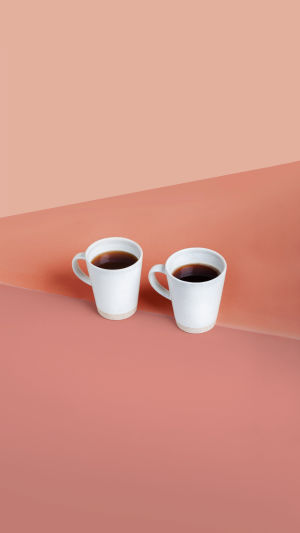Hey, Lykkers! Let's dive into two interesting tea topics: how much caffeine is actually in your cup, and what gives the tea its delightful aroma?
Whether you're sipping a morning brew or winding down with a cup at night, these tidbits will give you a better appreciation for your tea time.
<h3>Caffeine Content in Tea</h3>
Wondering how much caffeine you're sipping with your tea? It varies depending on the type of tea and how you brew it. Here's a quick guide:
<b>1. Black Tea:</b> This tea has the most caffeine, usually ranging from 40-70 mg per 8-ounce cup. It's a great choice if you need a good morning kick.
<b>2. Green Tea:</b> With about 20-45 mg of caffeine per cup, green tea provides a gentler boost. It's perfect if you're looking for something less intense than black tea.
<b>3. Oolong Tea:</b> This one is a middle ground with roughly 30-50 mg of caffeine. It offers a balanced boost without being too strong.
<b>4. White Tea:</b> Light and delicate, white tea has the least caffeine, typically 15-30 mg per cup. It's ideal for those who want a touch of caffeine without overdoing it.
<b>5. Herbal Tea:</b> Most herbal teas are caffeine-free, making them a great choice if you're trying to cut out caffeine. Just double-check the label, as some blends may contain a small amount.
<h3>The Aroma of Tea</h3>
Ever wondered why tea smells so amazing? The scent of tea comes from a complex mix of compounds. Here's what you need to know:
<b>1. Essential Oils:</b> Tea leaves contain essential oils that are responsible for much of its aroma. These oils are released when you steep the tea, giving it that fresh, inviting scent.
<b>2. Polyphenols:</b> These are antioxidants found in tea that contribute to its aroma. They can create floral, fruity, or earthy notes depending on the type of tea and how it's processed.
<b>3. Maillard Reaction:</b> During the drying or roasting process, tea leaves undergo a Maillard reaction, which adds depth and complexity to the aroma. This is especially noticeable in darker teas like oolong and black tea.
<b>4. Terpenes:</b> These are aromatic compounds also found in plants, and they play a big role in the fragrance of tea. They can give tea its distinctive, pleasant smell.
<h3>Tips for Enjoying Your Tea</h3>
<b>1. Proper Brewing:</b> For the best flavor and aroma, make sure to brew your tea at the right temperature and for the right amount of time. Oversteeping can make tea bitter, while understeeping might not release all those wonderful aromas.
<b>2. Freshness Matters:</b> Tea tastes best when it's fresh. Store your tea in an airtight container away from light, heat, and moisture to preserve its flavor and aroma.
<b>3. Experiment:</b> Don't be afraid to try different types of tea and blends. Each offers a unique taste and aroma profile, so you might find a new favorite.
<b>4. Enjoy Mindfully:</b> Take a moment to savor the aroma before you take a sip. It's a simple way to enhance your tea-drinking experience and appreciate the craftsmanship behind each blend.
And that's a wrap on everything you need to know about tea's caffeine and that amazing smell! Now you can appreciate your tea not just for its taste, but for all the little details that make it special. Whether you're starting your day with a strong black tea or winding down with a relaxing herbal blend, knowing what's in your cup can make sipping it even more satisfying.
So go ahead, enjoy your tea time, and explore new flavors with a bit of extra know-how!





